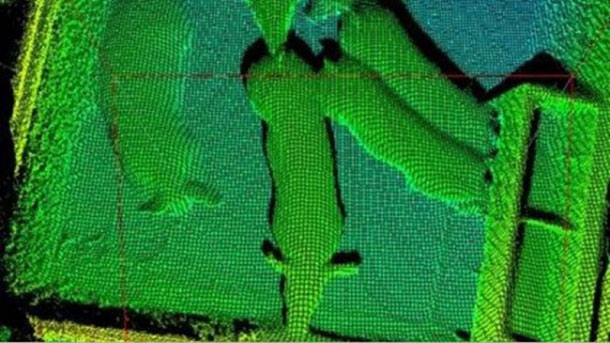Individual monitoring 24 hours a day / 7 days a week
In an industry with an increasing number of animals per worker and where animal welfare is becoming more and more relevant, technology makes it possible to prove that animals are monitored 24 hours a day, 7 days a week. In addition, many criteria for optimal welfare are identical to production criteria (consumption/access to water and food, an appropriate environment in regards to temperature and air quality, prevention of abnormal behaviours such as tail biting, etc.).

Daily time budget: animals, depending on their age, physiological state, and other factors, dedicate a more or less determined number of hours to resting, eating, drinking, interacting, etc. This is called their "daily time budget". When an animal or a group of animals deviates significantly from its "time budget" it may be indicative of a problem or a change in status. Situations such as a sow standing still longer than usual, a female visiting the boar pen more frequently, a sow showing an increased level of agitation in the farrowing room, or a group of animals spending much more time at the drinker than usual may indicate an animal with the onset of lameness, a sow that had returned to estrus coming into heat, a sow about to farrow, or a problem with a pen's water supply.

Figure 1: Automatic heat detection. Photo courtesy of Nedap
Define normal - identify abnormal
Technology is intended to identify behavioral patterns and create alerts when a significant deviation occurs. It should evaluate general trends (e.g., changes in water consumption in a barn) and/or follow up on an individual animal (boar in a boar stud exhibiting fever).

Figure 2: Video in which pigs' movements are recognized and individually tracked. Project from Innovación VIGIASAN.
Technology should identify what is normal and what is abnormal. For example: in a study evaluating images taken by 3D cameras, tail position was related to the occurrence of bites, establishing that one week before a tail biting outbreak, the highest proportion of pigs with abnormally low tail position was observed.

Figure 3: TailTech Project. 3D cameras (with time-of-flight technology) to automatically measure whether pigs' tails were up and curled, or down.
To achieve this result, the technology must be able to record the images, automatically recognize the portion of the image that corresponds to the tail of the different animals, determine their position (high tail or low tail position) and evaluate whether there are significant changes in posture. And all this happens under variable light conditions, with the presence of feces, different environments and surfaces, varying ages and sizes, overlapping and moving animals, etc. In addition, as with any diagnostic tool, the aim is to avoid generating "false positives" in the form of unnecessary alerts that eliminate confidence in the system or "false negatives" such as events that are not detected.
Challenges in implementing new technologies
Not all technologies being tested or developed will become applicable on-farm products. The technology must be functional, address a specific need, and be easy for staff to use, as acceptance by workers is key to its success.
It is essential to integrate the experience of farmers in the development of technologies to identify and solve practical implementation problems.
The technology must be reliable and sturdy considering the working environment in the barns (humidity, gases, lighting level, presence of pests, etc.). For example, the use of cameras is impossible on farms with a high presence of flies because they dirty the lenses and interfere with the image. The equipment must allow for proper washing and disinfection.
The need for internet access may be limiting for some areas. The design of elements (accelerometers, sensors, etc) that may be in contact with pigs must consider their exploratory behavior and destructive capacity. Something as simple as the need to connect equipment to the power supply can be very complicated if there are limited outlets and a way must be found to keep several meters of cable out of the pigs' reach.


Figure 4. Sensor for continuous temperature logging (Requejo et al. 2018).
Evaluating the benefit as a whole
One of the first challenges is to assess the benefits that new technologies generate throughout the process and for the entire chain. Take, for example, the monitoring of water consumption. Lower than expected consumption can give early warning of sanitary problems, water quality problems, or deficiencies in the installation. Excessive consumption can indicate water leakage problems and is also directly related to increased slurry generation. Water consumption is a critical element in ensuring proper animal production and welfare.
The options for data analysis are immense, but they are only useful if all these data are translated into accurate reports that allow concrete decisions to be made.
The ratio of animals per worker continues to increase and precision livestock farming helps focus workers' attention, such as when electronic sow feeding systems alert them to animals with lower than usual consumption; even so, the work of observing animals will never be totally replaced by a list of warnings from a program.
333 Staff











